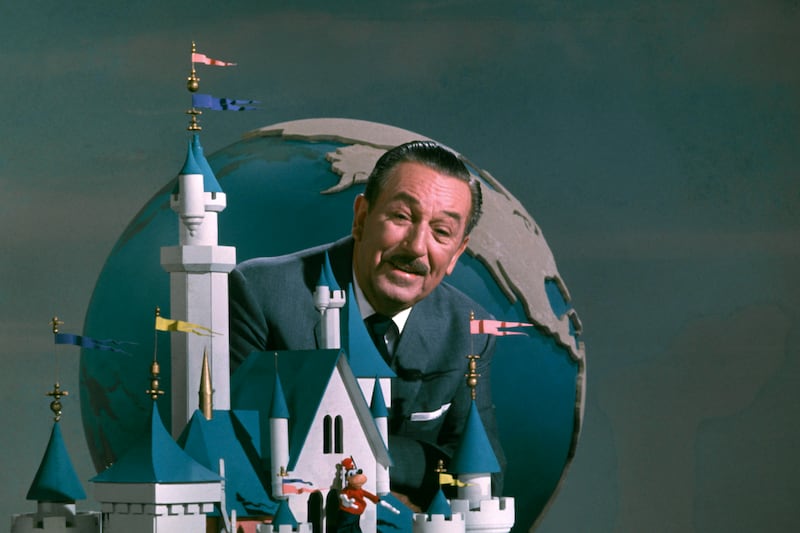Mayo-based Grace O’Malley Spirits has overhauled its branding amid a challenging trading period following the Covid-19 pandemic, aiming to grow its annual sales figures to close to 95,000 cases in 2028.
Folklore has it that Grace O’Malley brought the first bottle of whiskey to Queen Elizabeth I, with the legendary pirate queen using the bottle to help retrieve her son from British custody.
Grace O’Malley Spirits was born of a passion for Ireland and its folk history, but following a difficult patch last year the team behind it carried out a multi-million euro redevelopment of its branding.
“We had one brand called Proclamation, we had another brand called Ór, another called Independence. We decided it was not working,” reveals Stephen Cope, co-founder and managing director of Grace O’Malley Spirits.
RM Block
The rising whiskey brand went back to its roots last year, redesigning its bottling and beginning to develop a visitor centre in Westport. “We put a number of millions into the whole redevelopment of the brand,” Cope says.
It seems to be working for the company, which is projecting record sales this year and has a target of nearly €4.7 million in sales by 2028 and a series of awards to its name.
Grace O’Malley spirits was founded by Cope along with fellow Mayoman Jeff Burns and the duo of Stefan Hansen and Hendrick Melle - the creative forces behind Berlin-based marketing agency Dorland. It entered the sector at the forefront of an influx of new whiskey brands as founders were drawn by the romantic allure of the industry.
“A lot of people, including myself, jumped into the whiskey industry because it’s an interesting business, and it is a bit of a trophy industry to be involved in,” Cope says.
In light of rising input costs and exchange rates in combination with the impact of US tariffs, a series of independent distilleries and whiskey brands have shut their doors in recent months or paused production.
“I think some of us - looking back - might have been experts on the wrong side of the bar and learned that the hard way.
“The Irish whiskey industry is going through a challenging time at the moment,” Cope says, noting that challenging economic periods are inevitable and occur frequently. “At the end of the day, a whiskey brand is a business, and you have to manage it like a business.”
As with many competitors, the brand struggled as a result of Covid-19.
Grace O’Malley Spirits’ whiskey had just begun to break into the US market when the pandemic hit, and the team had grand ambitions for its westwards expansion, telling The Irish Times in 2019 of its hopes to reach revenues of €6 million per annum within five years.
“We were very ambitious, but we were possibly naive at the start,” Cope admits. The company invested a lot of time into growing the brand in the US, but the cost of doing that was substantial. “You need deep pockets,” he says with a laugh during our meeting in the Shelbourne Hotel in Dublin.
He says the market is “quite complex” and that it is a mistake to consider the US as a country made up of 50 states, but instead to view it as 50 different countries. “We pushed hard in the US, but we ended up retracting back out - we didn’t have pockets deep enough to do it right.
“In the US, there are about 200 Irish whiskey brands. If you visit any of the key shops, there are lines and lines of Irish whiskeys, Bourbon and Scottish whisky the same,” he says.
The number of existing brands and a reluctance among distributors to take on new brands during the pandemic had an impact. Cope says the struggles “put us back two years on our journey”.
While the brand still has some presence with existing distributors in the US, in the medium term the focus is on emerging markets. “If you go to Nigeria, there are just 12 Irish whiskey brands. The world is very big.
“We are in 26 countries, we are growing really well,” Cope says, with an emphasis on eastern Europe, Africa and Asia. “The new brand development we did last April is working really well and we have a bit of wind behind our sails.”
Previously the managing director of Lír Chocolates, Cope has seen a lot of companies run into difficulties by moving too fast, or getting pulled into new markets by distributors, supplying on credit and running aground. The company is very conscious of cost.
“We don’t have a distillery, we made a conscious decision not to build one,” he says. Instead, the brand takes distillate from John Teeling’s Great Northern Distillery in Dundalk before working its own magic in-house.
This approach still allows the company to differentiate itself from other brands, as “80 per cent of the flavour of whiskey comes from the barrel”, he explains.
“Why do certain whiskeys win awards at tastings when others don’t - even if they come from the same distillery? That 80 per cent comes from the finishing of the casks, picking the casks and the blending,” he says,
“Obviously you need good distillate, but then we take that distillate and make something special. We are trying to develop the brand around the sea, and the seaside,” Cope says, differentiating its product through using casks with wood from a “special cooperage just south of La Rochelle”, where they dry out virgin oak on the coast in the sea air for 24 months.
The low cost model was a “very conscious decision”, saving time in finding staff and allowing the company to remain agile enough to respond to market conditions.
“We have a complete variable cost model and are heading to about €2.5 million sales this year. That is a nice place to be."
With the foundations of the business laid, the team is looking to build a visitor centre and bonded facility in Westport.
Their project is breaking ground as plans for significant investment into Mayo through a Fáilte Ireland masterplan have been published around the pirate queen, who is also set to be the subject of a film made by Kirsten Sheridan.
It may seem like fortunate timing, but as Cope says: “You make your own luck.”




















